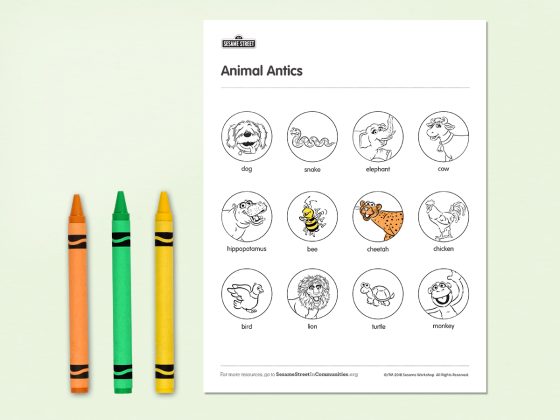
Animal Antics
Acting like animals may seem like pure fun…but it actually builds creativity, language skills, and coordination!
Print this page, color in the animals, and have some animal antics. Here are three ways you can play:
- Close your eyes and point to any animal, then act like that animal together.
- Choose an animal on this page (don’t tell anyone your choice). Now act like that animal. Can others guess which animal you choose?
- Point to two animals on the page and act out a story about what might happen if these animals had a play date. Act out your story too.
- Invite kids to find a certain animal in other books, pictures, or games.
If you don’t have access to a printer, you can play just by looking at the screen together!
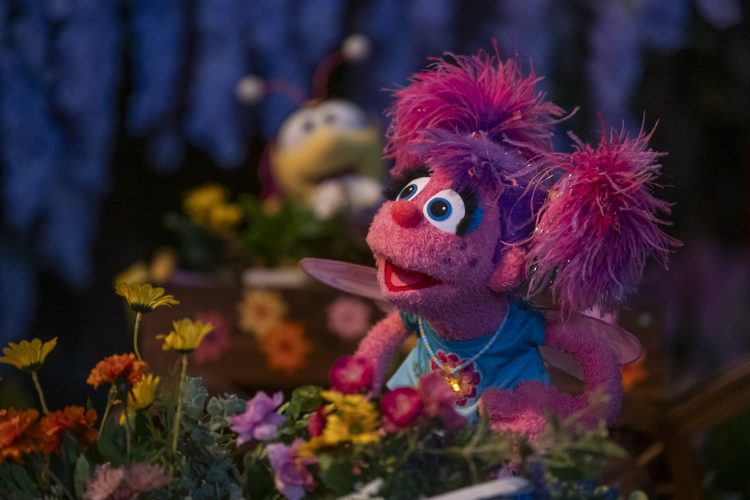
Watch and Play: Abby's Magical Beasties
Watch this episode and explore ways to extend the learning at home.
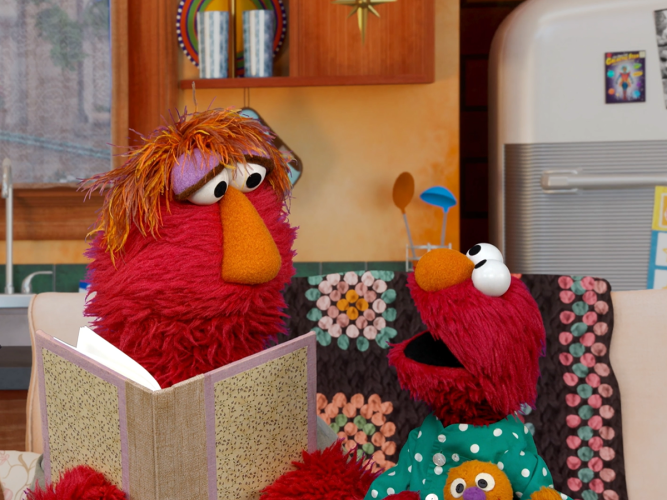
Go To Sleep, Elmo!
Handling a middle-of-the-night monster moment.
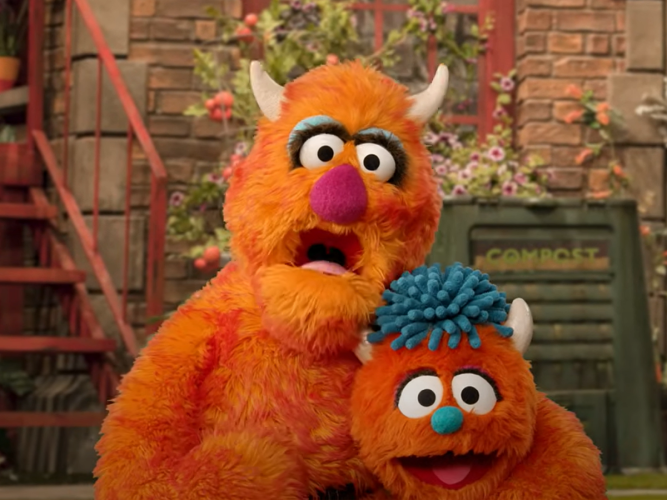
Monster Meltdown
Meltdowns happen… but they are somewhat predictable! As you try to handle them, curiosity and patience go a long way.
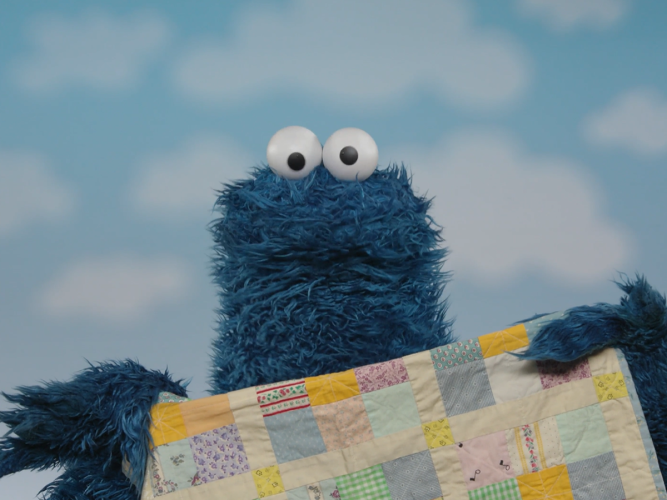
Cookie Monster’s Beach Day
When children are in the hospital, their imagination can become a valuable tool in soothing themselves.
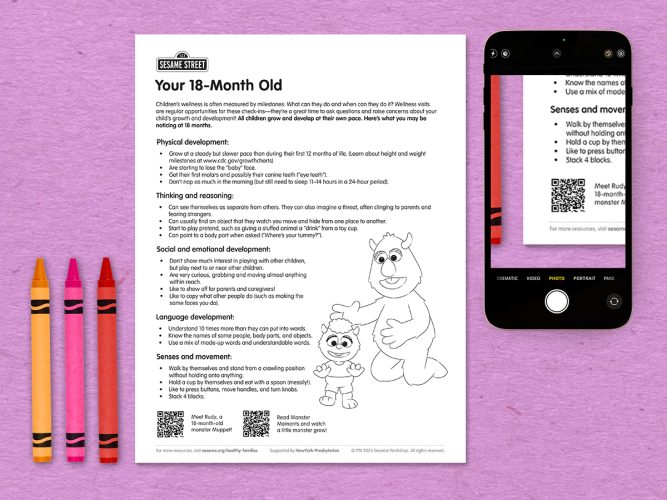
Milestones: Your 18-Month Old
All children grow and develop at their own pace; use this chart to guide your expectations and observations so you can talk to your child’s pediatrician about questions or concerns.
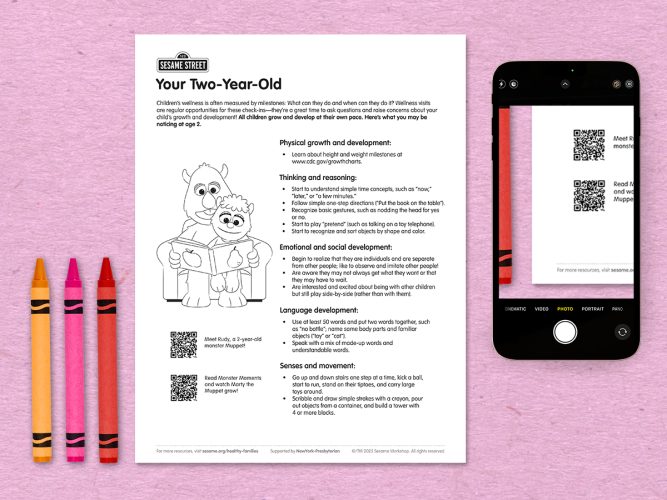
Milestones: Your Two-Year-Old
All children grow and develop at their own pace; use this chart to guide your expectations and observations so you can talk to your child’s pediatrician about questions or concerns.
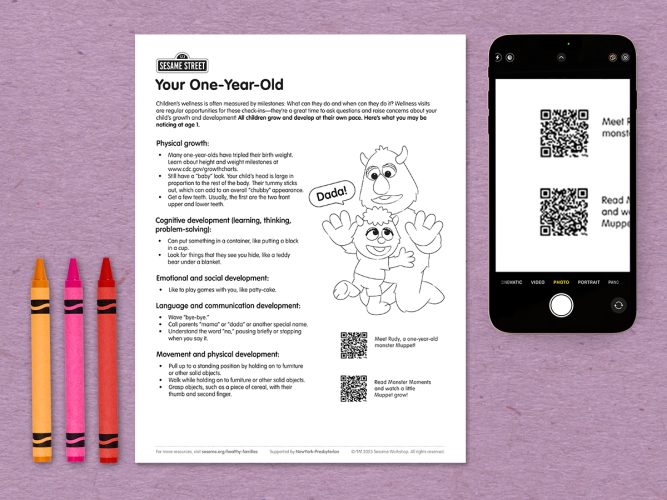
Milestones: Your One-Year-Old
All children grow and develop at their own pace; use this chart to guide your expectations and observations so you can talk to your child’s pediatrician about questions or concerns.
